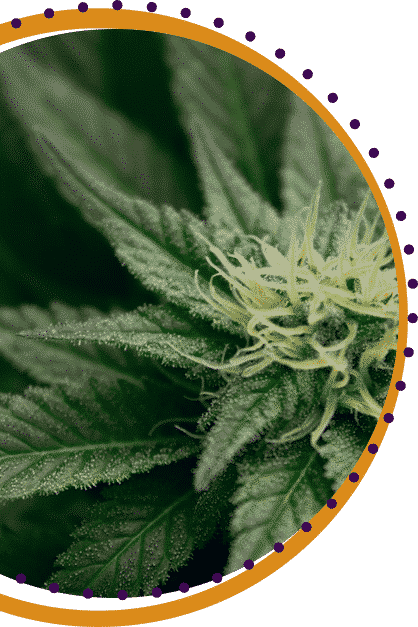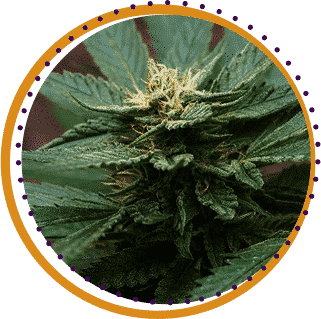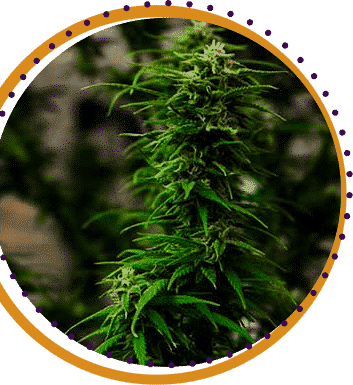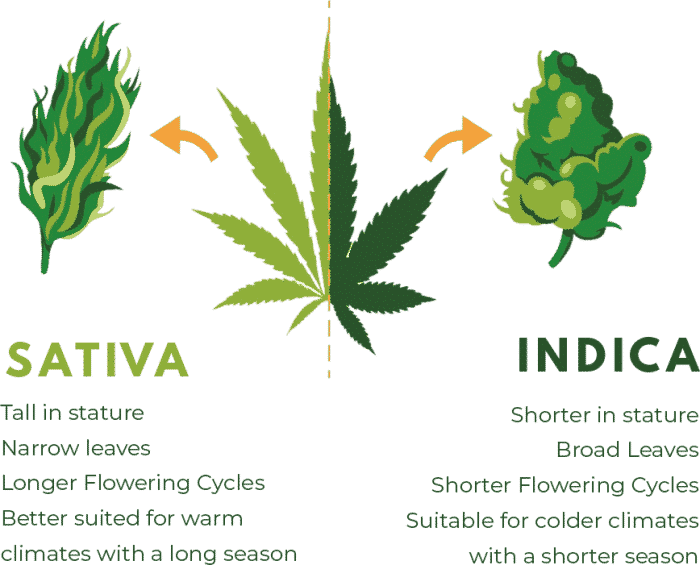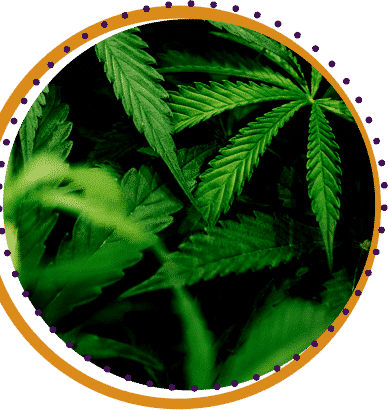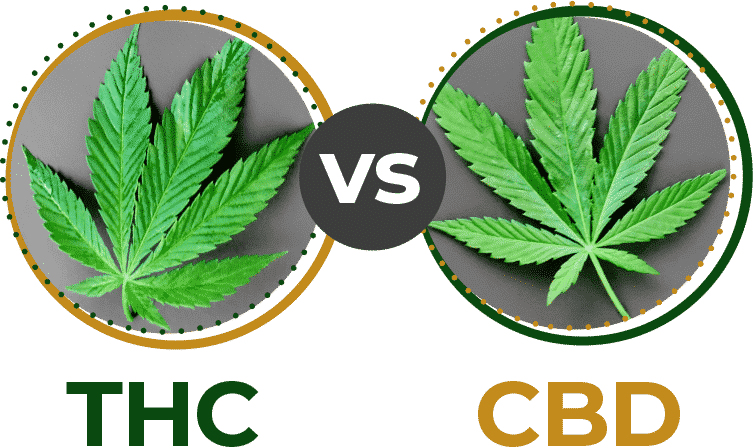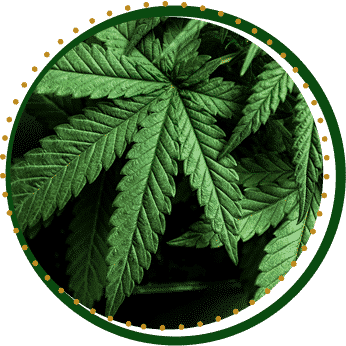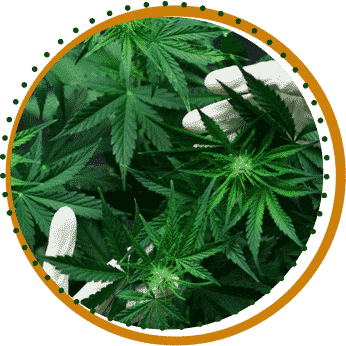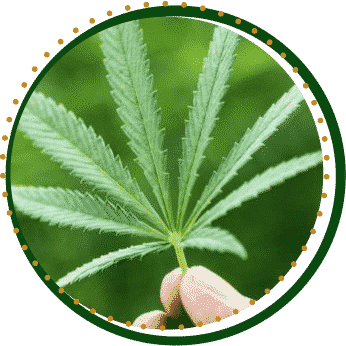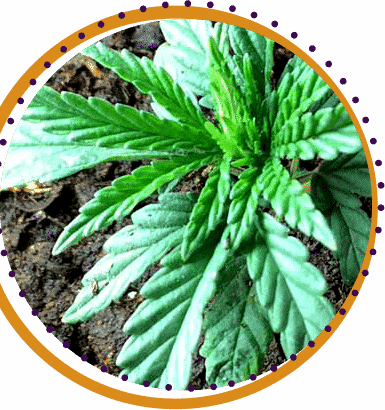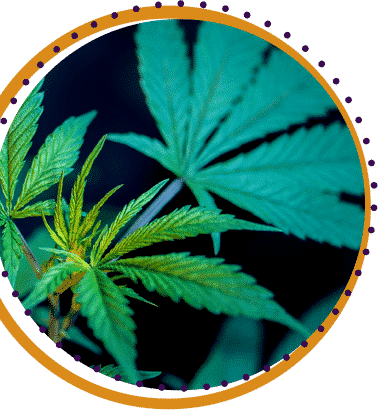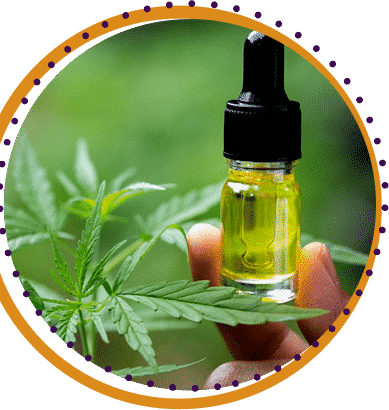For those who know anything about cannabis know there are two main types of strains that provide a different set of effects. They are known as indica and sativa strains. There is also a third category referred to as hybrid strains. As the name suggests, hybrid cannabis is a mixture of both sativa and indica genetics. Let’s take a closer look at the Indica vs Sativa discussion.
A strain is a subspecies of a plant, and there are currently thousands of subspecies of strains within each sativa and indica plant. And different countries around the world have thousands of strains unique to their own location and environment.
To make things better, each weed strain provides a unique set of therapeutic effects and benefits. But did you know that the lines between indica and sativa weed are beginning to blur?
With more and more crossbreeding between strains species, true 100% sativa or indica genetics are becoming increasingly rare.
Also the effects of sativa and indica strains can overlap due to many factors that are discussed in this article. In fact, it can be a mistake to base your decisions on whether or not a strain is sativa or indica.
Let’s delve deeper into the indica versus sativa discussion and uncover the difference between indica and sativa.
First, A Brief Introduction to Cannabis
Cannabis is perhaps the most well-known psychoactive substance in the world. There are many names that refer to these plants and their flowers. Some of the most common include: marijuana, weed, pot, ganja, reefer, bud, greens, and marihuana.
The cannabis plant has deep roots in human society. Research shows that cannabis was cultivated as early as one thousand years ago in parts of Southern Asia. Over the past millennia, cannabis has found its way to hundreds of countries around the world. And in that time, new climates and environments forced the cannabis plants to learn to adapt. This furthers the differences between Indica vs Sativa weed strains.
This in turn led to today’s thousands of unique cannabis strains. With each strain possessing unique characteristics in appearance, aroma, taste and effects.
These plants can be broken down into two main categories: Hemp and Marijuana. Cannabis with less than 3% THC is categorized as hemp, whereas anything higher is marijuana.
Cannabis can be broken down even further into two types: Photoperiod and Ruderalis (or Autoflower) Strains.
Photoperiod Strains
Photoperiod strains grow depending on a specific light schedule. For an indoor grow, 12 hours of dark each day will induce the flowering process. Outdoor flowering typically starts during the end of the summer season and carries on into the Fall.
Autoflower Strain
A ruderalis strain (also known as an Autoflower Strain) is a cannabis plant that grows based upon a set time period. If an autoflower strain has an expected 150 day period, it will finish in about 150 days regardless of the hours of light it receives.
Autoflower and photoperiod strains can be broken down into even further.
Indica, Sativa and Hybrid Strains
Photoperiod and autoflowers can be broken down into 3 further categories known as indica, sativa, and hybrid strains. Hybrid strains contain genetics from both sativa and indica strains. These hybrid weed strains blurs the lines in the Sativa vs Indica debate.
On top of that, there are thousands of different subspecies of each of these strains as well.
Let’s take a look to see what makes them unique from one another and see what the fuss about indica vs sativa is.
First Off, What Exactly is an Indica Strain?
Cannabis Indica Strains
Before we begin let’s go back to the beginning and understand the cannabis indica origins. It is believed that indica cannabis is native to Afghanistan, Pakistan, India, and Turkey. Many believe that these weed strains had their starts in the Hindu Kush mountains.
This is where the popular “kush” term originates from. It is safe to assume that any cannabis that is a kush strain likely has indica-dominant features. Now that we know where indica weed came from, let’s learn exactly what they are all about.
Indica weed (genus Cannabis indica) is a subset of cannabis that is known best for its couch locking effects. Also commonly known as indica flower, it is often used for its deep relaxative sensations. This makes indica strains ideal for nighttime use and for those with problems with sleep. However, make sure that the indica strain you choose has these sleep inducing effects, as some indica strains might not.
Indica strains are commonly used for their medicinal properties to help ease symptoms of anxiety, depression, and stress. Also, indica weed is great for those seeking relief from aches, pains, spasms, or the inflammation associated. It is also extremely helpful in inducing appetite. Even Post Traumatic Stress Disorder sufferers have reported positive results when taking indica marijuana.
However, when selecting a strain for a specific purpose you need to be mindful. It is wise to research the strain to make sure they are known to provide the desired effects. Just picking an indica strain because you think all indica strains are the same, you’d be mistaken. In fact, many indica strain effects are so different that you wouldn’t think they were so closely related.
Indica Plant Characteristics
Indica weed strains are often identified by having fat and wide leaves and by being short and bushy plants. It is usually their stocky stature and broad leaves that make them easy to identify. In addition, it is common for indica leaves to have less tips than sativa leaves. However, this is not always the case.
In addition, indica cannabis plants are known to flower much quicker than most sativa strains. The average indica flower duration is between 8 to 9 weeks, with some exceptions. This makes sense when remembering that indica cannabis got its start in the harsh and cold environment of the Hindu Kush Mountains.
This makes Indica cannabis ideal for cooler environments with short summers. It is during the colder and wetter months that mold becomes a problem. Mold is one of the biggest threats to a cannabis plant, and every grower is always mindful of it. Having the luxury of less flowering time will help keep harvests mold-free when the weather gets cold and wet.
The buds of cannabis indica are often mid-sized, round, and dense when compared to sativa buds. But perhaps the most common physical feature of many indica nuggets is the density (at least when grown properly). The advantage to smaller buds is that there is more room for more of them. It is common for indica plants to produce more buds on average than a sativa strain.
In addition, many indica strains contain higher levels of CBD and lower levels of THC. This is when comparing them to their sativa counterparts. However, this is not always the case as there are many exceptions.
The physical features of the indica plant and buds are the main difference between sativa and indica weed. However, there are many instances where the untrained eye would not be able to tell whether a plant was indica or sativa. For instance, if you grow a mystery cannabis seed, it’s hard to tell what type of plant it is sometimes.
Effects Commonly Associated With Indica Weed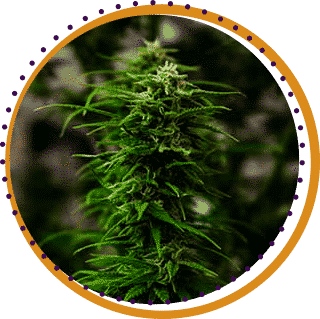
As previously mentioned, the effects associated with indica strains are often wide ranging and can overlap with known sativa effects. However, this information can still be used as a guideline since many indica strains possess many of these effects.
Below are some of the most common effects that users report experiencing when taking indica marijuana:
- Relaxation of the mind, body, and soul
- Euphoria throughout the body
- Couchlocking Effects
- Sedation of the mind and body
- Hunger (munchies)
 Common Medical Uses of Indica Weed
Common Medical Uses of Indica Weed
It is always good to be careful when dealing with desired effects for a particular medical purpose. You should pick a strain that is known to provide the desired effects. However, there are many medical uses of indica strains that can be a good starting point.
Here is a list of some of the best uses of many indica strains:
|
|
Remember, there is little scientific research to back many of these claims, as many effects are dependent on other factors. Whatever the case, there are actually thousands of indica cannabis strains found throughout the world. This leads to the problem of not knowing which ones are worth trying. This is a problem, but it is a positive problem to be faced with.
Best Indica Strains
Luckily for you, we have made up an indica flower list for your convenience. Here are links to some of the best indica strains on the market in Canada.
|
|
|
Sativa weed (genus Cannabis Sativa) is a subset of cannabis that is commonly used for its uplifting, creative, and energetic effects. This uplifting nature is what makes sativa marijuana ideal for daytime use. In fact, some sativa strains actually make some people want to be more socially active. However, it should be noted that some sativa strains can actually cause effects normally associated with indica marijuana. This
Unlike cannabis indica, cannabis sativa had its origins in hot and dry climates with long summers. Locations closer to the equator are common areas where sativa strains do their best. This includes Southeast Asia, Africa and Central America. Each of these countries have a long and rich history with cannabis.
Sativa Plant Characteristics
Much like indica buds, sativa weed helps people with signs of anxiety, stress, and depression. Also, it helps stir up an appetite and helps ease aches and pains. It also reduces inflammation. Where sativa strains differ from Indica is that some are ideal for those who lack focus, creativity, and/or energy.
Sativa strains are commonly identified as being tall and lanky plants with long and thin leaves. Many sativa cannabis plants have leaves that have more points than indica plants. However, this is not always the case.
In addition, they are known to take a much longer time to finish flowering than their indica cousins. Many sativa strains usually take about 10 weeks to flower, where some can even go on for much longer.
The flowers of Sativa cannabis are commonly big and shaped like a cone. They are normally not as dense as indica nuggets, but this is not always the case. Sometimes the Indica vs Sativa lines become a bit fuzzy.
Effects Commonly Associated With Sativa Weed
As previously mentioned, the effects associated with many strains are often wide ranging and can overlap. However, this information can still be used as a guideline since many sativa strains commonly induce the same effects.
Below is a list of some of the most reported effects experienced by marijuana users:
|
|
As you might have noticed, some of the medical uses of sativa strains is the same as indica strains. This makes sense now that we know just how wide ranging the effects of cannabis strains can be.
Common Medical Uses of Indica Weed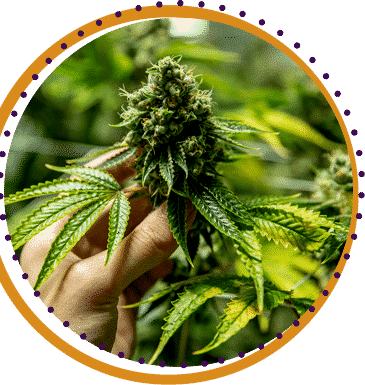
Many sativa strains are used for their uplifting, energetic and creative properties. However, as we know cannabis effects can be wide ranging. It should be noted that many sativa strains often have effects that they are known for.
This makes sativa strains great for a wide range of conditions. On top of that, sativa strains with energetic properties are great for use throughout the day. This is a big help to many medical marijuana users who require many doses, but who want to remain productive.
Here are some of the main medical uses of sativa strains:
|
|
Best Sativa Strains
So enough of the boring stuff. Let’s take a look at some cannabis sativa strains.
Here you can find a list of the most popular and best sativa strains on the market.
|
|
|


